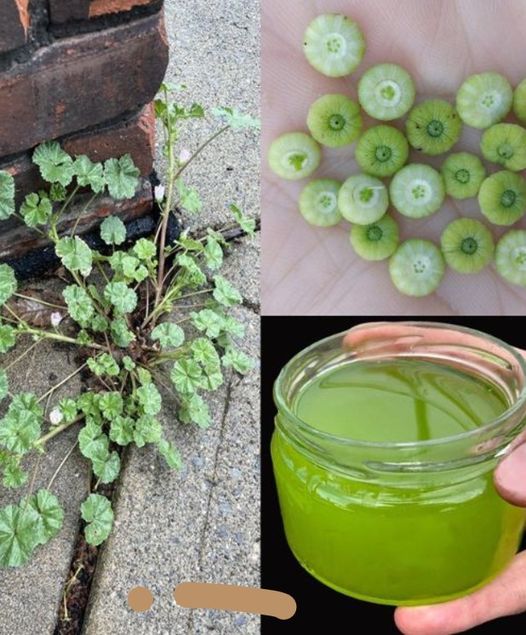ADVERTISEMENT
w common and safe ways to use it:
🌿 Tea (Infusion)
Use dried or fresh leaves and flowers to make a calming tea:
- Steep 1–2 teaspoons in hot water for 10–15 minutes.
- Drink to relieve sore throats, coughs, or digestive discomfort.
🧴 Topical Poultice
Crush fresh leaves and apply directly to irritated skin. Wrap with a clean cloth or bandage to keep it in place for 20–30 minutes.
🛁 Soothing Bath
Add a handful of dried mallow leaves to a warm bath. This is especially helpful for calming itchy or inflamed skin.
🥗 Edible Greens
Young mallow leaves are edible and mild-tasting. They can be:
- Tossed into salads
- Cooked in soups or stews
- Blended into green smoothies
They’re rich in vitamins A and C, calcium, magnesium, and iron—making them both medicinal and nutritious.
⚠️ Precautions
Dwarf mallow is generally safe for most people when used in moderate amounts. However:
- Pregnant or breastfeeding individuals should consult with a healthcare provider before using.
- Always positively identify wild plants before harvesting to ensure safety.
- If you have any known allergies to plants in the Malvaceae family, use with caution.
🌿 Final Thoughts
Dwarf mallow (Malva neglecta) is a testament to the healing power of nature. What many see as a common weed is actually a powerhouse of gentle, effective herbal medicine. From easing digestive woes to soothing skin and respiratory irritation, it offers a wide spectrum of uses with very few side effects.
So the next time you spot this leafy green in your garden or along a sidewalk, take a second look—you may have just discovered a natural remedy hiding in plain sight.
Want a DIY mallow remedy recipe? Or ideas for growing it at home? Just let me know! 🌱✨
